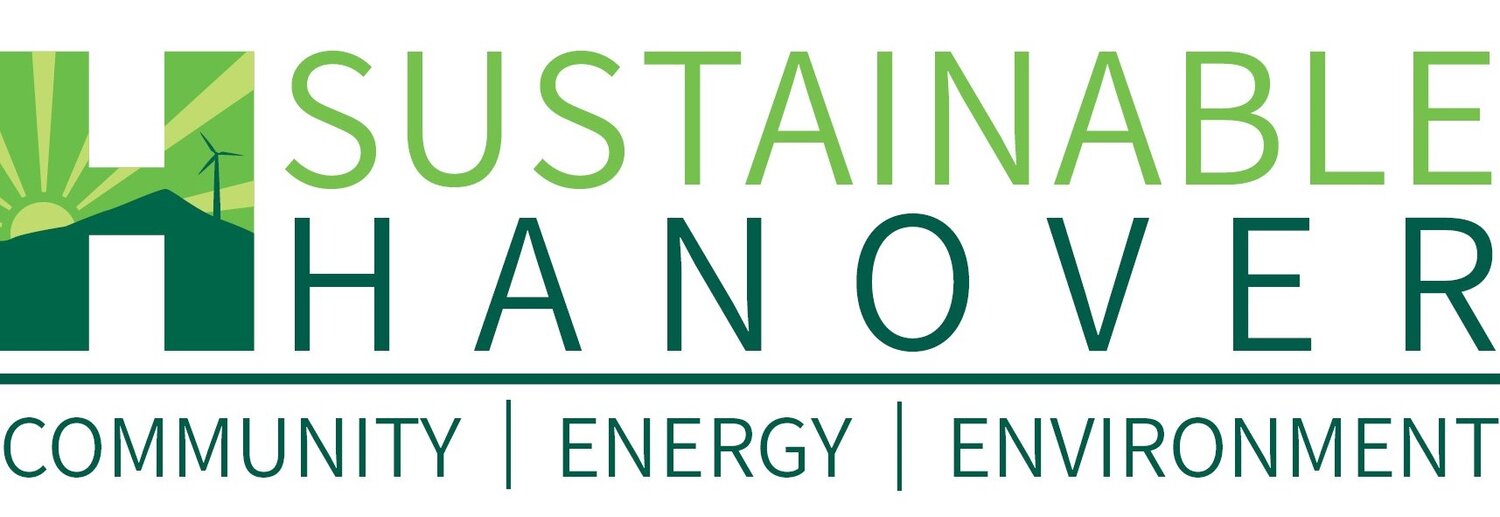Decarbonizing Concrete
Most people don’t realize that concrete accounts for 7 percent of all greenhouse emissions. It does so in two ways. First, the chemical transformation of limestone into cement, the main ingredient in most concrete, emits carbon dioxide. Second, this chemical process requires a very hot kiln, almost always using fuel that emits carbon dioxide. This is bad news given how widely concrete is used in our buildings and infrastructure. The good news is there are a growing number of ways to significantly reduce its carbon emissions and even use new mixtures of concrete to store carbon removed from the atmosphere.
Unlike many carbon-emitting industries, the concrete industry is leading the way to inform us of ways to reduce carbon emissions from concrete and spur needed changes. The National Ready Mixed Concrete Association (https://www.nrmca.org) with its affiliate, Northern New England Ready Mixed Concrete Association, has training and documents for their members and for the public. In New England, they urge the public to increase the demand for low carbon concrete, so their members have a reason to make the needed process changes to provide it.
Leadership in Energy and Environmental Design (LEED) is a rating system from the US Green Building Council to rate the environmental performance of buildings and encourage moves to sustainable design. Many organizations take pride in a good LEED rating. The latest version of LEED includes ways to use low carbon concrete to earn LEED points, a great step forward for our buildings! (See https://www.greenconcrete.info/leed.html ) (Dartmouth has a few LEEDS certified buildings, including the Class of 1982 Engineering and Computer Science Center.)
Several states now have laws that provide incentives to use low carbon concrete in public works. The state of New Hampshire uses relatively little concrete (instead, using asphalt) so such laws are not so important. (Asphalt’s carbon footprint is a topic for another article.)
Several commercially viable businesses (e.g., Urban Mining, Carbon Cure, and Brimstone) produce low carbon concrete, and there are many more businesses at various stages of development. They use a variety of approaches including carbon storage and alternative raw materials. Urban Mining in New York uses the latter approach to reduce carbon in concrete by 50 percent. It’s mix includes Pozzotive, ground glass made from recycled glass. Pozzotive has been used in the UN Plaza in New York City and the ESPN Digital Center in Connecticut, to name just a few sites.
Dartmouth College and Dartmouth Health should be encouraged to use low carbon concrete in their many construction projects. The former has just hired Skanska Integrated Solutions (SIS) to lead its major decarbonization construction projects, a firm with strong experience on this topic and concrete specifically. https://www.high-profile.com/development-firm-selected-oversee-dartmouth-decarbonization-program/ There are many ways we as citizens can encourage more construction – commercial, government, residential – to use low-carbon concrete. We can educate ourselves and our communities to find and use such materials and encourage our large (and small) institutions (including residential builders) to do the same. If you would like to learn more, work on this, or have ideas for moving our communities faster to low carbon building materials, please contact Judy Payne, judy.payne@gmail.com Together, we can figure out how to spread the word, applaud those taking steps in the right direction, and encourage others to do so.
